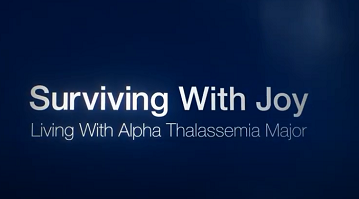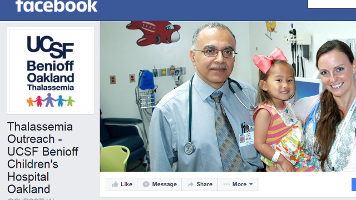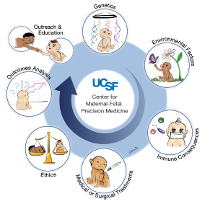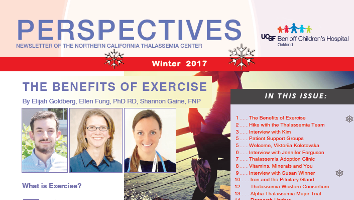SPLENECTOMY
The use of splenectomy in thalassemia has declined in recent years. This is partly due to a decreased prevalence of hypersplenism in adequately transfused patients. There is also an increased appreciation of the adverse effects of splenectomy on blood coagulation. In general, splenectomy should be avoided unless absolutely indicated.
Splenectomy is indicated in the transfusion-dependent patient when hypersplenism increases blood transfusion requirement and prevents adequate control of body iron with chelation therapy. An enlarged spleen—without an associated increase in transfusion requirement—is not necessarily an indication for surgery. Patients with hypersplenism may have moderate to enormous splenomegaly, and some degree of neutropenia or thrombocytopenia may be present.
Annual transfusion volume exceeding 225 to 250 mL/kg per year with packed red blood cells (hematocrit 75 percent) may indicate the presence of hypersplenism. The volume calculation should be corrected if the average hematocrit is less than 75 percent. The possible development of alloantibody should also be ruled out. Splenectomy should be avoided unless there is an inability to maintain iron balance with optimal chelation, or if there are clinically significant complications such as pancytopenia and marked enlargement. Often, hypersplenism develops because of a low pre-transfusion hemoglobin. Increasing the pre-transfusion hemoglobin to between 9.5 and 10 may reverse hypersplenism.
If a decision to perform surgery is made, partial or full splenectomy is the option. Partial splenectomy is a complicated surgery utilized to preserve some splenic function. It should be reserved for infants requiring splenectomy. Full splenectomy can usually be performed by laparoscopic technique. However, open procedure is necessary in cases of marked splenomegaly. The indications for splenectomy in hemoglobin H–Constant Spring patients are different than in beta-thalassemia disorders. Transfusion-dependent infants with hemoglobin H–Constant Spring respond rapidly to splenectomy but require prophylactic anticoagulation because of a high incidence of serious thrombosis.
Patients must receive adequate immunization against Streptococcus pneumoniae, Haemophilus influenzae type B, and Neisseria meningitides prior to surgery. Splenectomy should be avoided in children younger than five years because of a greater risk of fulminant post-splenectomy sepsis.
After splenectomy, patients should receive oral penicillin prophylaxis (250 mg twice daily) and be instructed to seek urgent medical attention for a fever over 101º Fahrenheit.














